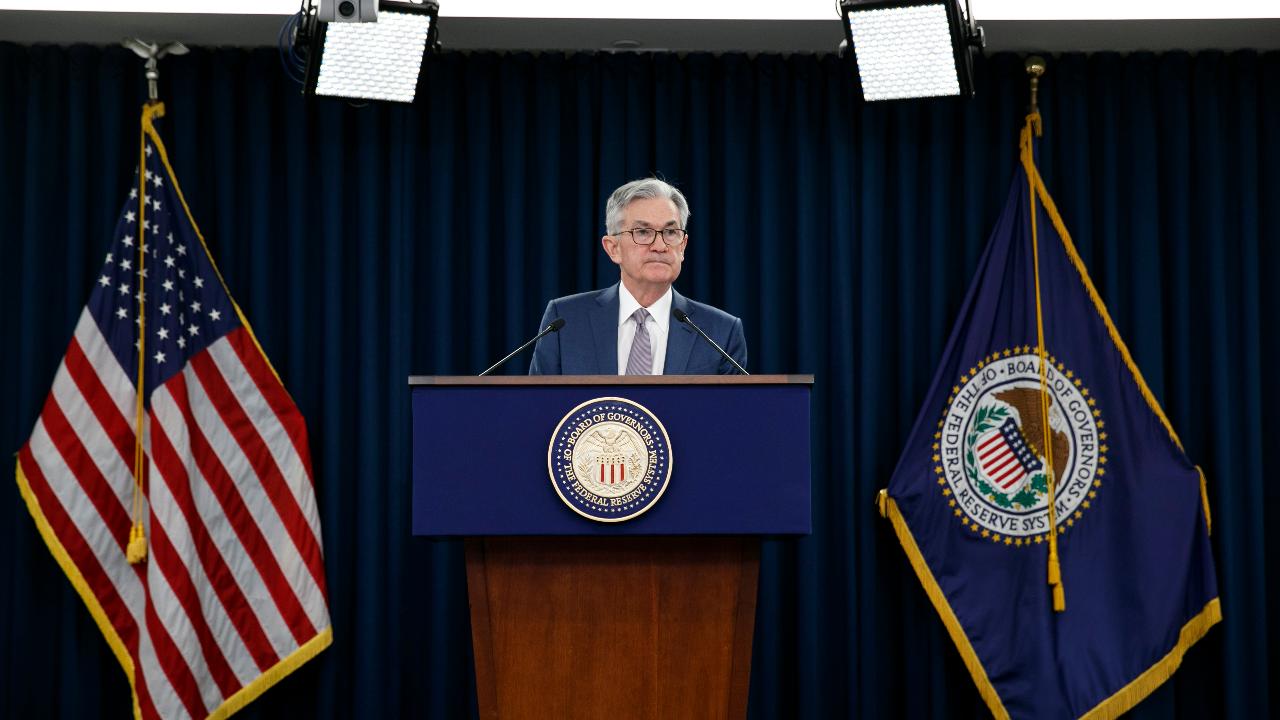What is the Federal Reserve’s balance sheet?
In the week ended May 6, the Fed's balance sheet expanded to a record $6.72 trillion
Get all the latest news on coronavirus and more delivered daily to your inbox. Sign up here.
The Federal Reserve deployed a swift response to the sudden economic freefall triggered by the coronavirus pandemic earlier this year, including using its nearly unlimited buying power to snap up assets to keep markets functioning.
The central bank's balance sheet, which consists mostly of bonds and other assets that it's purchased, has become one of its most powerful tools in blunting the economic pain caused by the virus outbreak.
FED'S POWELL SAYS US ECONOMY MAY NEED MORE SUPPORT FOR RECOVERY TO BE 'ROBUST'
Like most company's balance sheets, the Fed's balance sheet documents its assets and liabilities. But the Fed's balance sheet differs from companies, in that most of its assets are government-backed securities and mortgage-backed securities issued by Fannie Mae and Freddie Mac or loans made to financial institutions.
To inject money into the financial system, the Fed will purchase long-term Treasury, debt and mortgage-backed securities "to reduce the cost and increase the availability of credit for the purchase of houses," the Fed said in a 2008 announcement.
FED PLEDGES AGGRESSIVE ACTION TO SUPPORT US ECONOMY
The Fed purchases securities on the open market; when it buys Treasurys, it pays the government its value, flushing the financial system with cash. When that happens, more money is available to banks; interest rates tend to be lower and people are more likely to borrow money and spend.
The policy became known as "quantitative easing" and was rarely used before the 2008 financial crisis. When it began in 2008, the Fed had about $870 billion on its balance sheet. By 2014, the amount had surged to about $4.5 trillion.
FED'S KASHKARI SAYS 'WORST IS YET TO COME' FOR UNEMPLOYMENT
In the week that ended May 6, the Fed's balance sheet expanded to a record $6.72 trillion, which is up roughly $65.5 billion from the prior week.
The Fed's liabilities include U.S. currency and the reserve deposits that banks and other depository institutions hold with the bank. The Fed is in charge of distributing the money that the Treasury prints. There's about $1.87 trillion in circulation, so the Fed has a liability of about $1.87 trillion because of that cash.
GET FOX BUSINESS ON THE GO BY CLICKING HERE




















